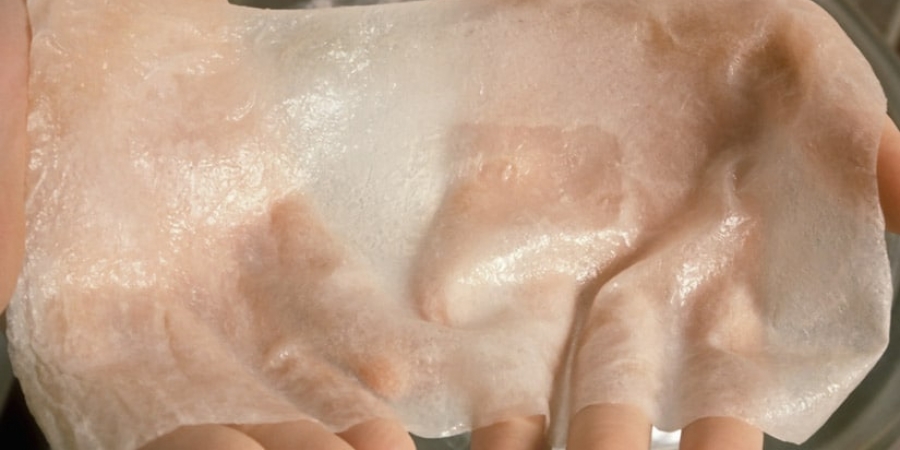The skin or skin is the top layer that covers the bodies of humans and animals and is the organ that we call a covering system consisting of tissue layers that protects the muscles and organs it contains. Below this layer is an oil layer. This oil layer protects our body from warmth and external impacts. The sweat glands contained here help to drain.
The skin is a barrier that protects us from the outside. However, it maintains the body’s temperature and water balance and helps to remove various harmful substances from the body through sweat. It consists of roughly three layers. At the bottom, there is a layer of dermis rich in collagen, blood vessels and glands with supportive tissue. There is a continuous layer of new cells called stratum basale, which slowly travel towards the upper layers of the skin and begin to lose their vitality on day 14 and accumulate at the top and form the stratum corneum (horny layer). The layer above the stratum basal is the stratum spinosum. These two layers are also called histologs Stratum germinativum. In order for a normal skin to maintain its health and beautiful appearance, the top dead cells must be constantly poured and replaced. Because the new skin becomes cleaner as it is spilled and renewed. A person’s skin refreshes itself approximately every 28 days. A man’s skin is thicker than a woman’s skin, and therefore the skin’s renewal process is longer.



